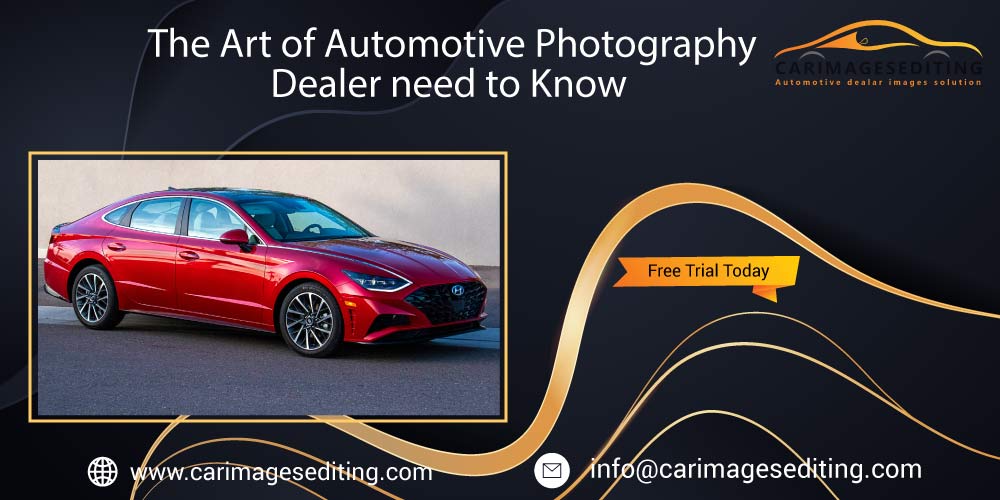The clients and visitors who visit us regularly maybe you people are exhausted. right? Because each and every one of our blogs is service-related. We share tips and tricks that directly and indirectly point towards our services. Yeah, we also have shared some photography-related tips and tricks. And today we are also gonna share about automotive photography. Its name is the art of automotive photography.
Probably you are thinking Those who are car dealers, merchandisers shouldn’t know about photography and editing-related issues. But the answer is no. Because they need to know all the details. They have to answer all the questions of clients. So they research the client’s happiness. And they need to guide the whole team on how they will direct their team. So this blog is not only for photographers or editors but also for the business owner and for a manager.
What does the art of automotive photography mean?
I do understand from the topic the tips that the photographers need to follow when shooting. Every photographer has some different characteristics, different rules that they follow. A wildlife photographer’s system of clicking won’t match with the automotive photographer. So There’s a huge thing to learn about having the professional look of the photo. Car Background Replacement really needs in car dealer solution sites.
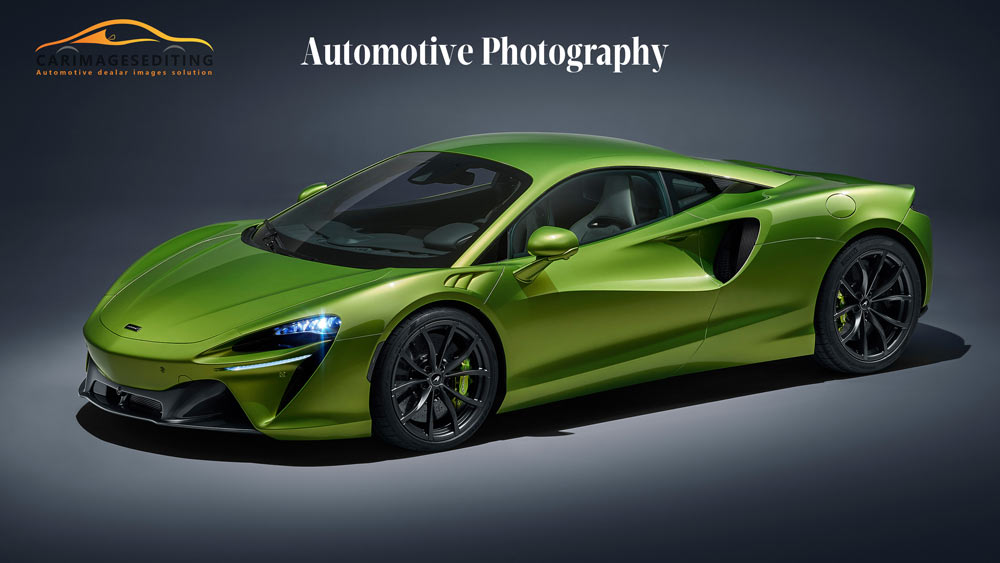
The art of automotive photography tips that may help you :
We have categorized our photography tips into some steps. it’s not necessary to apply all of them. Maybe some convenience you are already enjoying. So, the features or things you are missing like you don’t have you can apply that in your photo. let’s get started with the tips :
1. Central length :
This is in reality more significant than you may initially figure out. The central length will direct shooting distance and point of view which influences the viewpoint. That implies the presence of what you see is altogether different as you move further away from the subject.
The primary thing to build up is the thing that central length will convey the shot you need. Is it true that you will shoot low, mid, or from high up, and what will the separation away from the vehicle mean for the apparent state of what you are seeing?
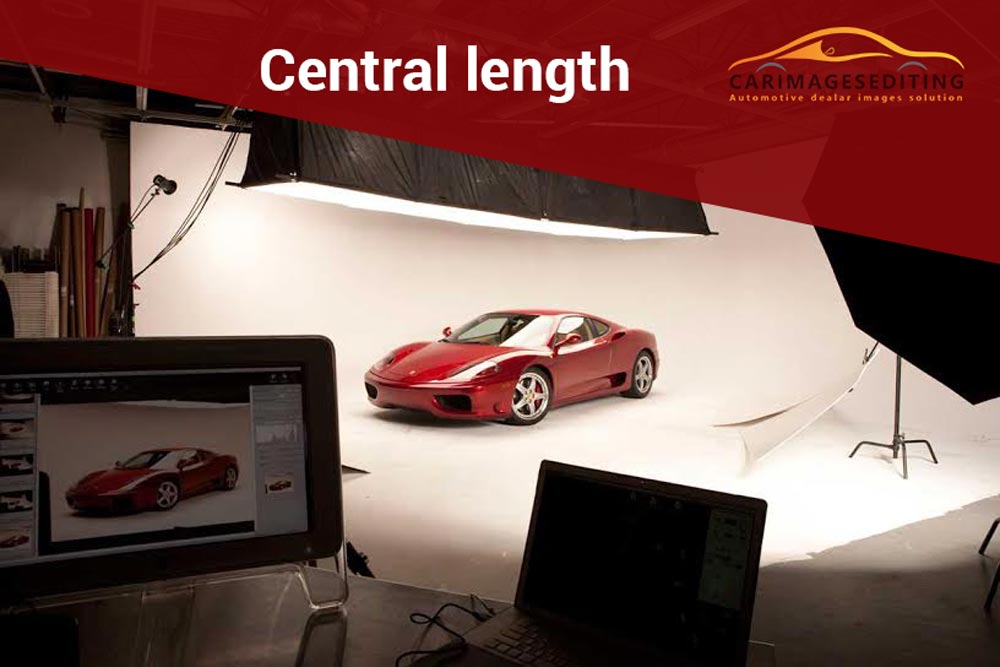
For instance, when you see a vehicle from a couple of meters away, certain parts of the vehicle, like seeing the two headlights. Probably won’t be conceivable yet as you move further away the subsequent fog light or different highlights of the vehicle materialize. When we talk about the art of automotive photography central length and focal length come first.
2. Point of view :
The point of view can be considered as two things. your picked shooting position just as the genuine point of view in levels of the picked central length.
When utilizing a focal point with a more extensive field of view you will actually want to see a greater amount of the foundation. This implies more regions to control with lighting or, if on the spot, more landscape to consider.
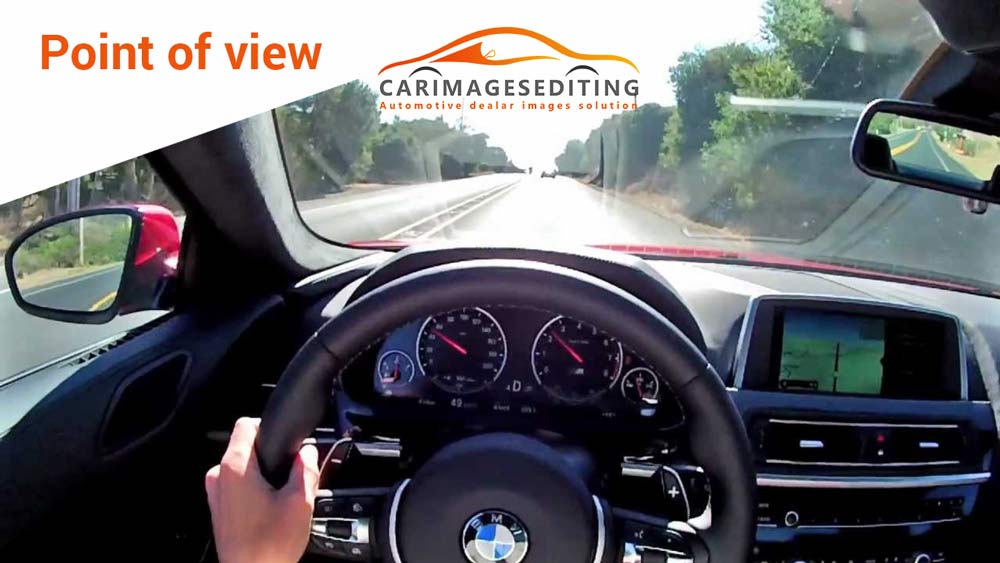
With regards to shooting position then your point of view isn’t just the field of view yet, in addition, the manner in which you need to see the vehicle or bicycle. The choices for this ought to be founded on the style that you need to portray about the vehicle. Point of view is a deadly need topic of the art of automotive photography.
3. Lighting
For vehicle and bike shots you need to make the vehicle feel rich and attractive. Lighting is the heart of the art of automotive photography.
To get this tasteful we need to make inclinations of light joined with homogenous patches of light to make that ‘gleam’ look and pockets of harder light to characterize significant components of the plan.
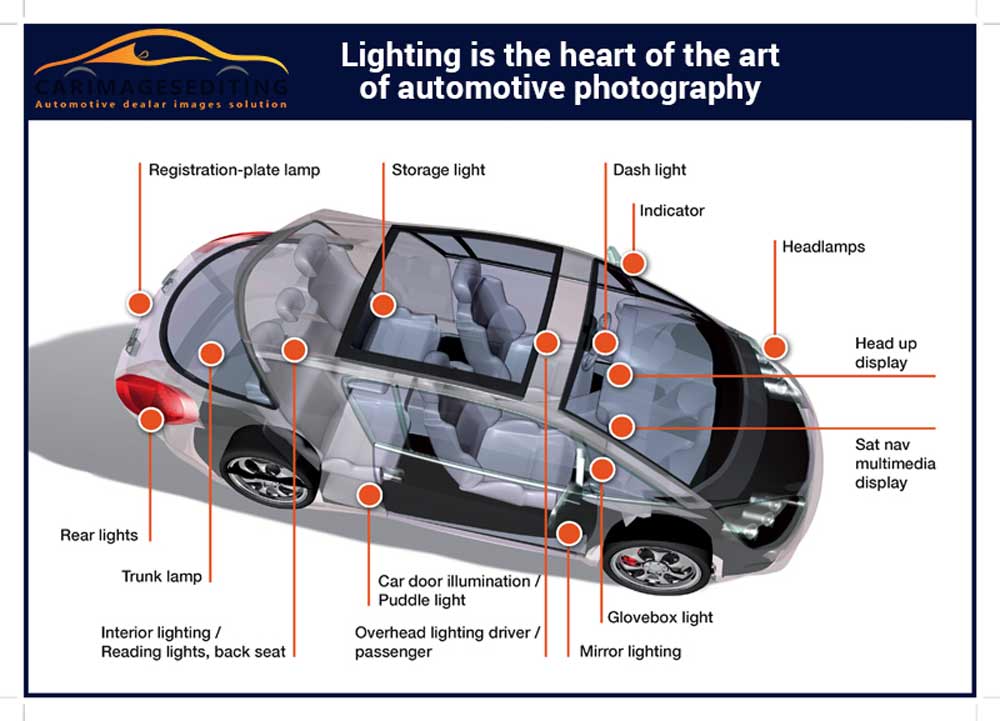
To make the smooth slopes I utilize my own hand-crafted coasting roof board, yet it doesn’t generally need to be this costly or convoluted.
I’ve shot vehicles in a distribution center with heaps of stopgap poly boards to give a comparable outcome.
4. Blending lighting and different lighting :
Numerous vehicle photographic artists like to utilize consistent tungsten lighting, yet actually, I incline toward sunlight adjusted studio streak.
Whatever your favored decision of light, vehicle photography frequently requires a ton of lights. So numerous that you might not have enough lights in your arms stockpile.
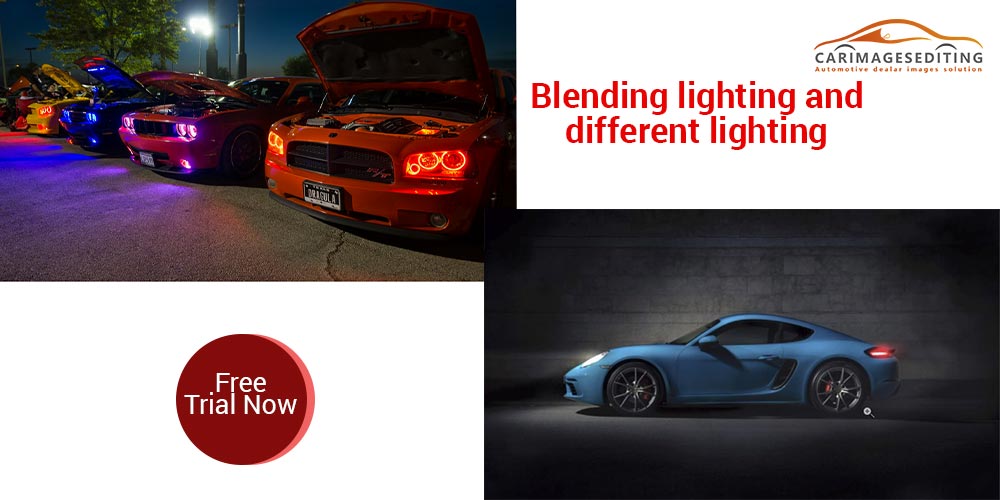
If so, you can do one of two things. You can either blend nonstop lights, for example, LED or HMI with your studio blaze, or you can utilize similar light on numerous occasions. blending lighting and different lighting is a part of lighting. lighting attribute a lot when we discussing the art of automotive photography.
5. Shooting lights and tail lights independently to the principle shot :
Some vehicle shots look better with the lights on and some look better with the lights off.
In the event that you shoot the vehicle lights toward the finish of your shoot, you can try different things with various openness times to record the headlights at various degrees of openness without influencing the profundity of the field.
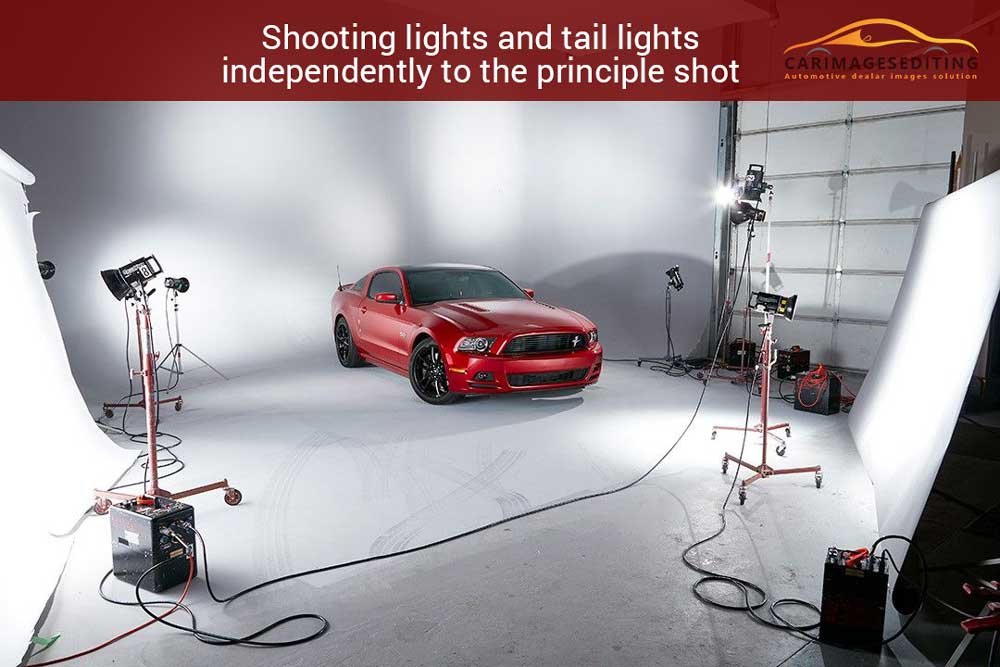
Obviously, you need an obscured studio to do this or do your shoot when it’s dim outside. By shooting them independently you can choose later on the off chance that you need to add them in or not while doing yours after creation.
To have the vehicle lights on here and there you need to turn the motor on. In case you’re working in a studio I suggest doing this just do this momentarily to keep away from carbon monoxide developing in your studio and furthermore making the air turbid.
6. Utilizing polarisers
Polarizing channels are incredibly successful at eliminating undesirable reflections from specific regions.
During a shoot, I will inspect the impacts of a polariser and normally shoot a couple of pictures of the vehicle while turning the polariser to various positions.
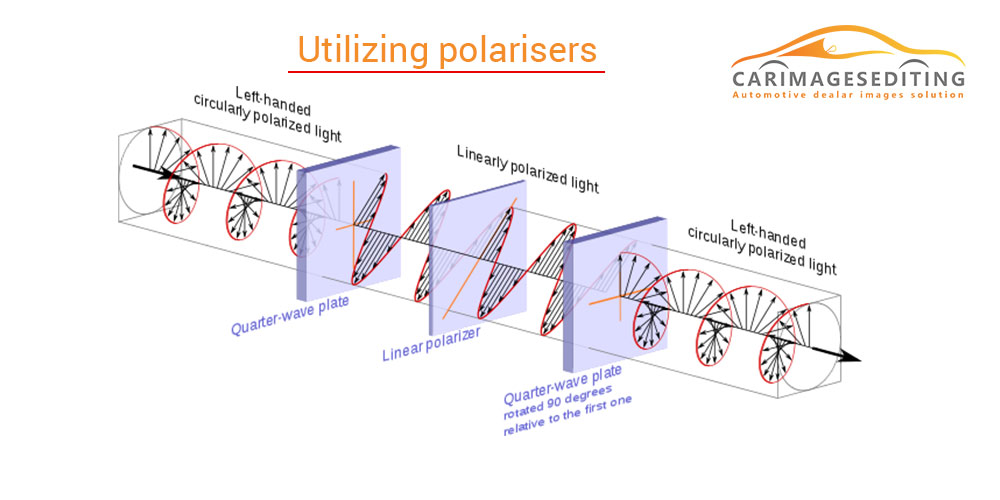
This would then be able to give me clear windshields and side windows or elective looks to the paintwork. Once more, similar to the front lamp pictures, these can be consolidated in the last shot after creation if fundamental. It’s a very unique part of the art of automotive photography.
7. Profundity of field
Vehicles can be a few meters in length which means you’ll have to watch out for your profundity of field.
Whenever you have settled on and fixed your survey position, test your profundity of the field before you go excessively far with your lighting.
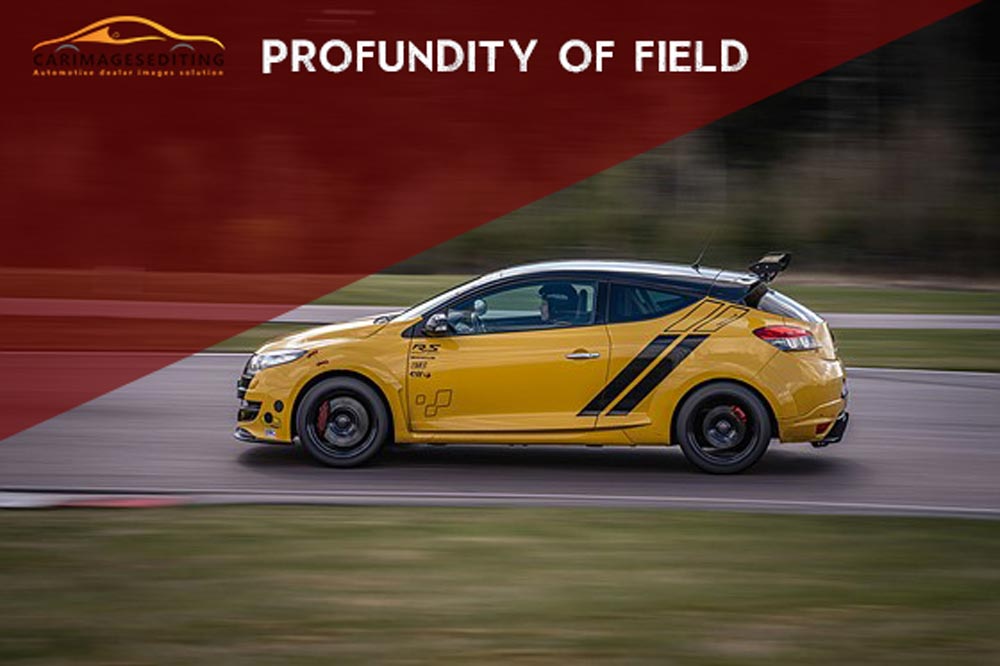
On the off chance that you need to get the entire vehicle sharp, zeroing in on the facade of the vehicle and shutting your gap will make squandered profundity of the field before the vehicle, where there is simply vacant space.
Consider moving your center point further down the vehicle so the profundity of field is further back and expands hyperfocal distance guaranteeing that the entire vehicle can be sharp.
8. Reflectors
In auto studio photography we’re frequently utilizing dividers, roofs, and enormous boards as large reflectors, yet remember you can likewise utilize the floor as well.
Enormous mirrors or sheets of shiny metal can likewise be valuable for making light in explicit spots. This is fundamental for lighting upwards as it would be practically unthinkable without a glass floor to get light under the floor facing up at the vehicle. Reflectors can bring an outstanding look to your automotive picture. So we can say that the portion reflectors reflect most in the art of automotive photography.
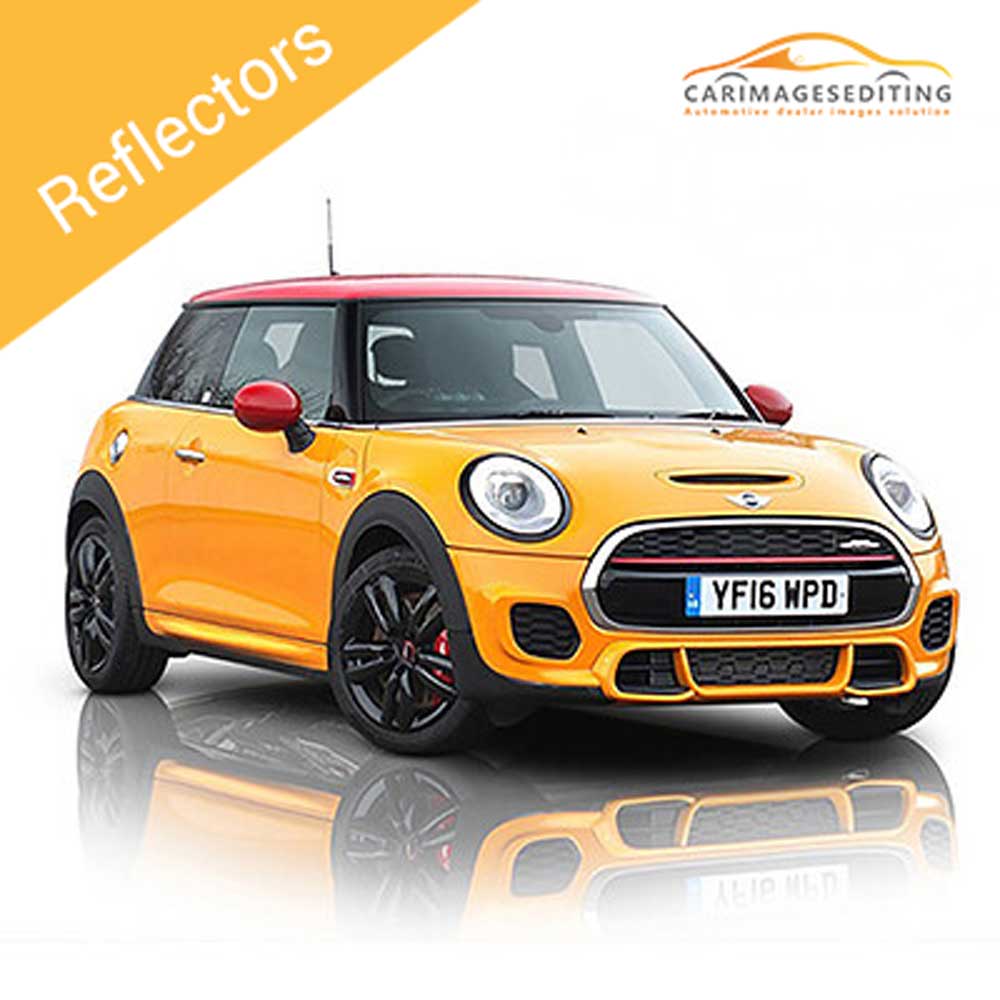
The art of automotive photography and photo editing is an interesting topic to discuss over here. So there are huge things to describe. But we just touch on the superficial portion of the topic. And we are a renowned editing service company and we try to give your photo that can reach other dimensions. But when you hire a professional photographer. We also touch it with our skilled retoucher and the result we got is just amazing. So don’t get late contact us with your running project as soon as possible.

